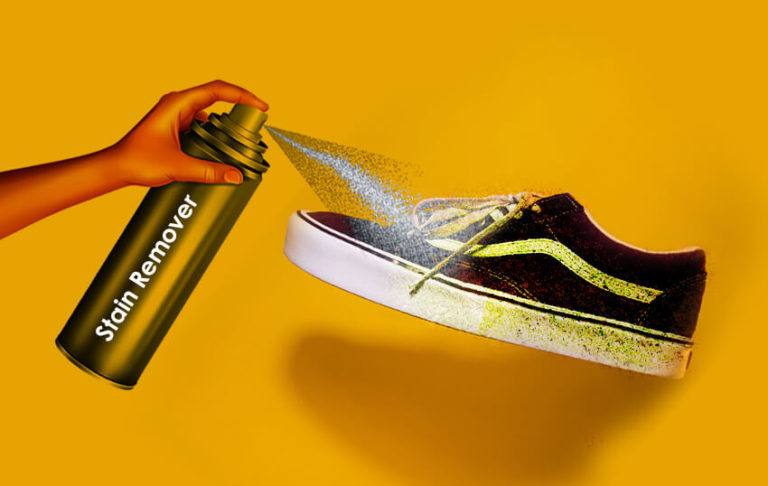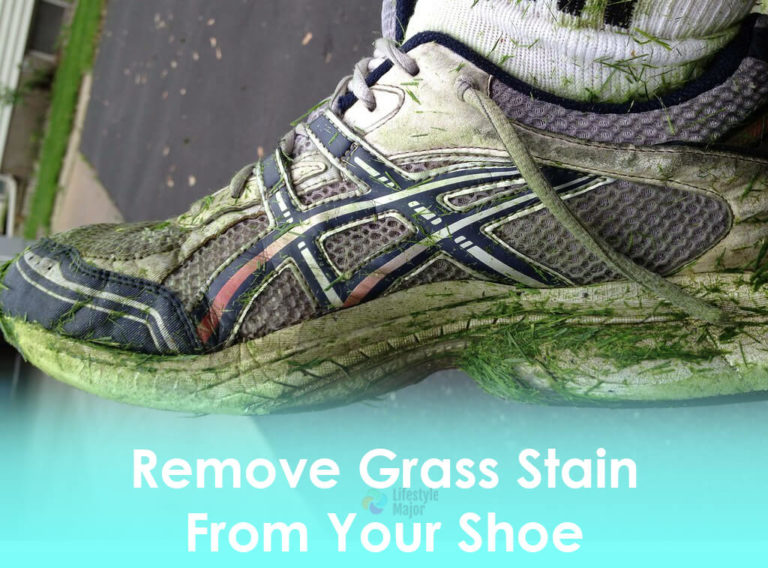How Long Do Ski Boots Last? (Explained)
Are you still skiing with an old pair of boots and wondering whether it’s time to update, and how to tell if your present pair is nearing the end of its life? In this article, I’ll tell you when it’s time to buy a new pair of ski boots.
It varies, but ski boots normally last between 50 and 200 complete skiing days based on:
- The quality of the boot
- How it is utilized
Time and usage erode the materials to the point where they don’t easily separate from the bindings (a safety problem), give little performance improvement, and the liners pack out. At that point, it’s time to fix or replace the shoes.
If you ski 20 days each year, that’s 2.5 – 10 years.
What Is the Life Expectancy of Ski Boots?
There is no defined time limit before boots expire, however here is a simple guideline based on studies.
The lifespan of a pair of ski boots is determined by their quality, how they are used, and how they are cared for.
Cheaper, lower-end boots often endure between 50 and 100 full days of skiing. More costly, higher-end boots have a longer lifespan, lasting between 150 and 200 skiing days. But why so?
This is due to several factors including:
- Higher-end boosters utilize denser, longer-lasting foams and more robust, tougher polymers for the liners (stiffer flex).
- High-end boosters have specific features geared for harsh use, and luxury ski boots might offer a greater value than the most affordable ones.
If you don’t mind the initial outlay, high-end ski boots are a wise investment on a dollar-per-day basis.
Boot liners have a shorter lifespan due to the softer materials and more wear and tear on your foot. For boot lining, allow 40-100 days.
Over time, the boot liner will become too compressed out, thus changing simply the boot liner is occasionally worth it if you want a better fit but still have a sturdy boot shell with a season or two remaining in it.
When Should You Replace Your Ski Boots?
A skier’s boots will eventually see their last run. Some skiers don’t mind wearing ski boots once they’ve reached their peak.
Everyone, nevertheless, has to know when to retire their old pair of ski boots. Let’s look at some of the most typical signs that your ski boots need to be replaced.
- Current boots do not fit as well as they used to.
- Cracks in the shell or buckles that have cracked
- Rounded toes and heels will not attach securely to bindings.
- When the bindings no longer keep the boot in place.
- When the front toe begins to deteriorate.
- The bindings at the toe and heel portions of the boot might be affected by wear and tear on the boot’s sole.
- Your previous boots had a gentler flex, and you now prefer a stiffer flex for your enhanced skiing abilities.
- The shell of the boot has cracks around the stress spots.
- Odor. They just become anti-socially stinking.
The plastic shell loses flexibility and becomes more fragile over time. This lowered the flexibility and pop that aids in energy transfer to your skis. While a worn sole might cause movement within the bindings, reducing your control over your skis.
If you believe your ski boots are limiting your skiing because they’re no longer as responsive as they once were, it’s time to explore a new pair.
Even though a new boot will not instantly transform you into an excellent skier, if you’ve been limited by your boots for a time, you’ll be shocked at how much more fun skiing you can receive from a new pair of well-fitted boots.
I’ll go through this issue in greater detail below.
- HIGH ADAPTABILITY
If you’ve advanced as a skier, you might want to start utilizing high-performance ski boots, which have less flexibility. All ski boots grow somewhat more flexible with time, but rookie ski boots experience this phenomena to a greater extent.
Skiers who want to step up their game may choose to replace their present ski boots with more stiff, high-end ski boots.
- COMPATIBILITY
One of the simplest ways to tell whether your boots have reached the end of their useful life is if they are no longer compatible with your ski bindings.
The hunt for the ultimate ski boot is still continuing, and there is still a lot of innovation going on in binding design. As most of these design modifications are related to safety, it may be time for an upgrade.
- DAMAGED SHELL
A cracked shell may be the most obvious indication that you need to repair your ski boots. Cracks and fractures in the shells of your ski boots pose a serious injury risk.
Before each usage, skiers should visually inspect the shells of their ski boots. If you discover a crack, go ahead and get a new pair.
- TECHNOLOGICAL ADVANCEMENTS
There are a few issues with storing ski boots once they have been used. To begin with, ski equipment is always developing. There is a lot of science that goes into developing ski boots, and things become smarter and faster every year.
From flex profiles to buckle design to lightweight materials and more, there has been a lot of creativity done to develop the ultimate boot, and it’s still a continuing process.
A hard plastic boot will never be completely comfortable, so why make your time in ski boots even more difficult than necessary?
- WORN HEEL OR TOE
The heels and toes of ski boots experience the most wear and tear with daily use. This might result in an unsatisfactory fit with the skis, increasing the risk of damage.
In certain circumstances, the heels and toes might round out, resulting in a loose fit with the bindings. Damage to the heel or toe, on the other hand, may impair a skier’s ability to click-in.
- POOR FIT
If you’ve owned your boots for a while, you’ve surely noticed that they don’t fit as well as they used to. Perhaps your toes are floating around in space, or perhaps your heel rises up with each spin.
The closer your ski boot fits to your foot, the more responsive it will be.
- SOFTENING OF MATERIALS
Here’s the thing: The liner isn’t the only item that will be removed. The plastic shell may still seem harsh and unyielding, but ski boot shells do soften over time. The less power you can transfer from your body to the ski, the softer your boot becomes.
Obviously, this will make ripping spins down any type of terrain or snowfall more difficult.
- POOR PERFORMANCE
The simplest method to know whether your boots are nearing the end of their useful life is to ski in them and evaluate how they feel.
As previously said, as your liners begin to pack out, you will most likely notice greater room around your toes or the ability to raise your heel off the footbed. Your footbed may have packed out, leaving your arches hurting at the end of a day of standing on what is essentially a flat piece of plastic.
Most boots allow you to change the soles and lining, but what about the shell?
After a while, you’ll surely notice that your boots are now simple to pull on and off in comparison to how they used to be.
Not just that, but they’ll feel as soft as butter as you put them on, just like the old rental boots you used to wear. No great skier wants their boots to feel like rental boots, so do yourself a favor and hunt for a new pair. Your turn will appreciate it.
How Can I Make My Ski Boots Last Longer?
All ski boots will eventually need to be repurposed. However, you may extend the life of your ski boots in the meanwhile by making wise purchase selections, conducting routine maintenance, and attaching specific protective attachments.
Let’s look at some of the ways you may make your ski boots last longer.
- Purchase Ski Boots with Removable Toes and Heels
The heels and toes of many modern ski boots are interchangeable. The option to replace worn heels and toes with new ones can help your ski boots last for years.
If your present boots won’t click in properly or the fit is compromised due to the rounding out of your heel or toe, customers may save money by purchasing replacement components instead of purchasing a new pair.
- When walking, use cat tracks.
Even the best-built ski boots will succumb to the wear and tear that comes with strolling about the ski resort. Consider getting cat tracks to preserve your ski boots if you know you’ll be walking about town in them.
Cat tracks are removable rubber soles that you may put on the bottom of your ski boots to protect them and make walking easier.
- Purchase Ski Boots with Welted Soles
Skiers who admit to walking too much in their ski boots should invest in boots with welted bottoms. The sole is attached to a welt rather than the liner when welting.
As there is less possibility of ripping or separation when walking on rough terrain, welted soles are more durable.
Also, welting can prevent ski boots from harm even while they are being utilized for their original function.
How Can I Maintain and Extend the Life of My Ski Boots?
You obviously don’t want to let go of your ski boots too quickly, especially if you’ve spent the time and money to have the liners hot-molded to your feet or the shells punched out to custom fit you. Here are a few pointers:
- Replace the soles
Most modern ski boots can possibly have their worn-out soles changed if you don’t wait until it’s too late. Many firms use a few screws to attach heel and toe plates; your local ski shop should be able to provide you with replacement components as long as you haven’t worn down the boot itself.
Wearing Yaktrax to preserve the plastic while clumping about the base area or après bar is another option.
- Replace the liners
There are a few firms that produce replacement liners for every boot, including ones with packed outliners.
Intuition, the most well-known of these companies, provides a variety of different kinds of liners based on how much performance you need. Most types may be heat-molded to fit your foot, and many of them lace up or otherwise form-fit to your foot for maximum comfort.
However, there isn’t a true repair for your boot’s shell. When that begins to soften, the only practical solution is to get a new pair of boots.
What Causes Ski Boots to Fail?
- Weather patterns
- (UV) rays
- A lot of walking
- The age of the boots (even if they haven’t been worn).
- The amount of days spent skiing.
- The boot’s build quality.
- Weight of skiers
- Storage
- Distance walked on foot without cat tracks.
Let’s take a look at each of these factors one by one!
- CLIMATIC CONDITIONS
It may be odd to learn that temperature influences the wear and tear of your ski boots, but it does. True, it can become too chilly at times.
Skiers have reported multiple cases of ski boots shattering into many pieces as a result of the unbelievably low temperatures. However, climatic change can have a massive impact on the longevity of the ski boots.
Moving your ski boots from a warm area to snowy mountains and back has a negative impact on the plastic shells. The plastic in your ski boots shrinks owing to the cold each time you wear them on a skiing vacation.
Likewise, your ski boots expand as you go down the mountain. All of that expansion and contraction puts a lot of strain on your ski boots.
- UV EXPOSURE
UV rays can cause considerable damage to ski boots over time. Excessive UV exposure causes the shells of your ski boots to crack and disintegrate.
Also, UV rays induce sun rot, which reduces the life of your liners. Keep your ski boots out of direct sunlight when not in use to avoid dangerous UV radiation.
- Excessive Walking
Ski boots, like any high-performance footwear, suffer from unnecessary wear and tear when utilized for activities other than their original function.
We all, however, find ourselves wandering about in our ski boots on occasion. As a result, the longevity of our boots is reduced.
- STRESS
Over the course of their lifetimes, ski boots are exposed to a lot of abuse. The forward and lateral stresses on your ski boots degrade the shells after several seasons of wear as you weave your way down the mountain.
The pressure is amplified for expert skiers. Also, owing to increased stress, the lifespan of a pair of ski boots is reduced when a skier’s weight increases.
- INSUFFICIENT STORAGE
A pair of ski boots may quickly degrade if they are not properly stored. The liners of the ski boots become moist after each usage and must be dried properly. The liners might develop moldy if they are not dried completely enough.
The liners may deform and never fit correctly again if they are overdried from a direct heat source.
The Final Takeaway
Ski boots that are brand new should last a long time, but they will start to wear out. You may easily get a decade of usage out of your boots if you’re an average skier or don’t go out very often. Premium models can last for years if you enjoy skiing and go as often as possible.
Avoid walking on concrete and other hard surfaces if you want your boots to last as long as it takes. Also keep in mind that boot liners may be readily replaced before the outer shell.
When did you get your ski boots? Have you ever worn a pair of shoes to their limit?
Sources:






